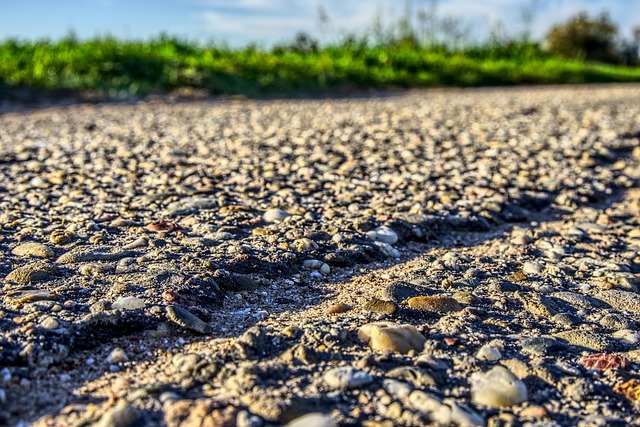As we navigate through an era increasingly characterized by extreme weather events, the concept of exposure takes on a profound significance. With each passing year, our planet faces the daunting consequences of climate change, resulting in unpredictable and devastating weather patterns. The intricate relationship between exposure and environmental degradation emphasizes the urgency of our response to these challenges.
The environment is our sanctuary, but it’s increasingly under siege. From raging wildfires and relentless hurricanes to severe droughts and floods, nature is unleashing its fury in ways we often deem unimaginable. These extreme weather events don’t just affect the landscape; they impact each one of us—our communities, our health, and our livelihoods. Many people may not realize that the most vulnerable among us are often the most exposed to these drastic changes, leading to catastrophic consequences that extend beyond physical destruction.
Climate change exacerbates this exposure. Rising global temperatures lead to melting ice caps, which in turn cause sea levels to rise. This disturbing trend threatens coastal communities where people live and work, highlighting an urgent need for awareness and action. As residents become more exposed to floods, we witness not only the loss of property but also the displacement of families. The narrative of climate change is often mired in statistics, yet behind those numbers are real stories of loss, resilience, and the fight for survival.
Furthermore, the intersection of extreme weather and social inequities makes the issue of exposure even more pressing. Low-income communities often lack the resources necessary to prepare for or recover from environmental disasters. Without robust infrastructure or financial support, these areas are left vulnerable, making them prime targets for the impacts of extreme weather. In this light, we must ask ourselves: how can we bridge the gap and protect those who are most exposed?
Moreover, beyond human impacts, the effects of climate change are wreaking havoc on wildlife and ecosystems. Species dependent on stable climates are struggling to adapt, leading to shifts in biodiversity. We witness coral bleaching and the retreat of habitats, illustrating just how intertwined our existence is with the environment. As we embrace the reality of extreme weather, we must also acknowledge our role in both contributing to and mitigating climate change.
Addressing these challenges requires not just policy changes but also a collective commitment to sustainability. Communities must engage in proactive measures to reduce exposure to both extreme weather and the impacts of climate change. This includes investing in renewable energy, implementing better urban planning, and supporting green initiatives that fortify our resilience.
In the face of such daunting realities, we have a choice: to succumb to despair or to act with intention. By recognizing the severe exposure faced by countless communities and ecosystems, we can foster a culture of awareness and action. Each individual can play a part in pushing for significant changes, whether through advocacy, education, or simple lifestyle adjustments.
As we embrace the risk that extreme weather presents, let us gather the courage to confront the issues head-on and champion the necessary changes for a healthier planet. The path forward will require resilience, but together we can navigate these turbulent waters, ensuring a brighter future for all.




